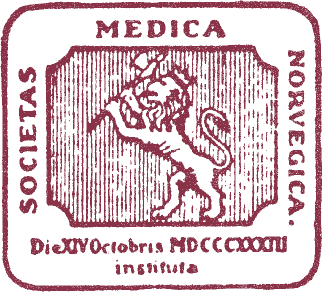Sickness and society
Michael 2005; 2 : 199.
The microscope can be seen as a symbol of modern medicine. Breaking down the human body in organs, tissue and cells has revolutionized our understanding of the aetiology and pathogenesis of diseases. Recently, new achievements and insights in genetics have shed light on the most basic levels of the human organism. Through clinical trials new therapeutic means have been developed, many of them related to pharmaceutical products.
The underlying strategy has been to identify structures and processes and study them in isolation. This has led to a massive progress in our ability to diagnose and treat diseases. But it has also left us with limited understanding of context and relations. Clinical medicine has become highly specialized. It has more or less exclusively become the domain of the general practitioners (and of alternative healers) to retain a holistic view.
But our lives are still complex. And we are not even living our lives in isolation. «No man is an island unto himself», John Donne (1572–1631) wrote 400 years ago.
This issue of Michael is devoted to papers on the relation between health and history, between sickness and society. A bird’s-eye view is literally presented by Larsen in his paper on physical and social changes assessed by aerial photography (page 269). How we live together and how we interact in a society are at least as important today as it were two hundred years ago when the annual medical reports from the Norwegian district physicians were introduced (page 218).
The macroscope does not exist as a physical object. But as an approach to medicine it can be seen as a supplement to the microscope and to the ideology of isolation and specialization. The virtual macroscope instrument is a tool for getting a comprehensive overview of a conglomerate of interacting phenomena. The study of broad connections has a far too low status in scientific medicine of today. We should pay more attention to perspective and combine the use of the microscope with the macroscope for the amelioration of future health care.
